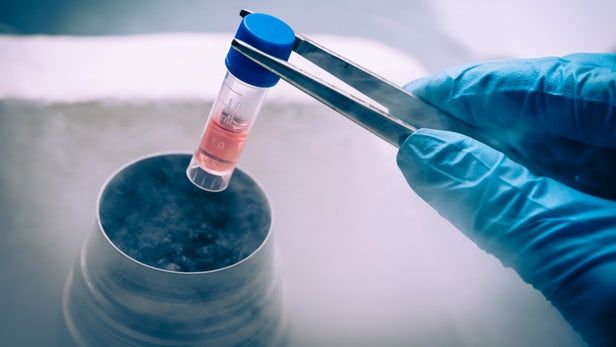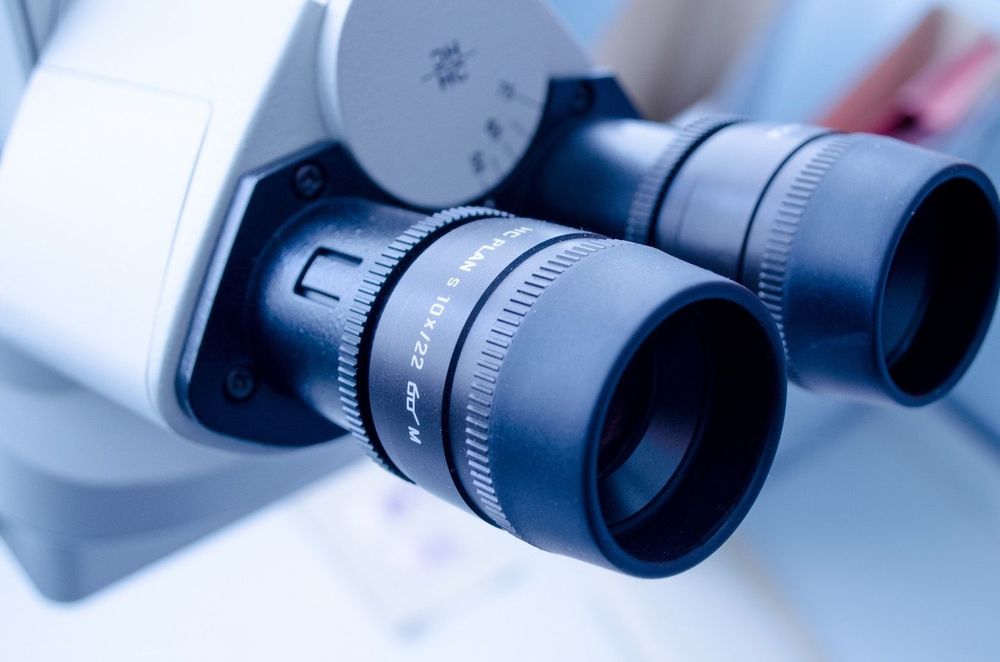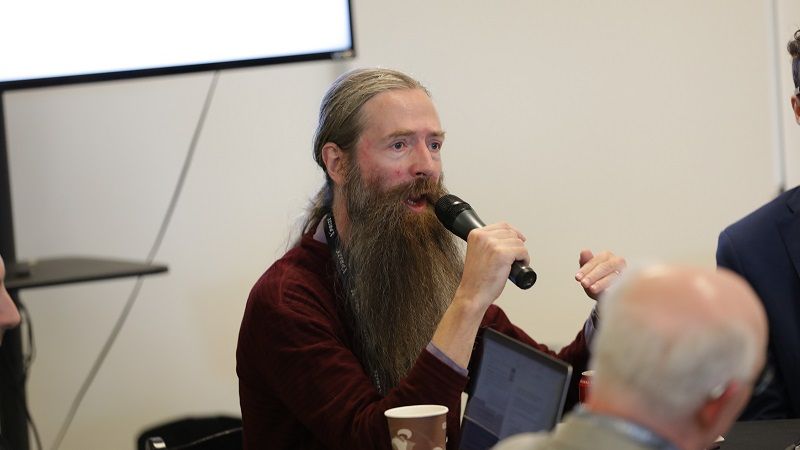Google says its AI-based lung cancer screening tool can predict cancer and reduce false positives.



Is it me? Or am I the only one who wishes George Church was not so secretive? https://www.nextbigfuture.com/2019/05/rejuvenate-bio-using-g…dogs.html?
Harvard Genetics Giant Geroge Church and Noah Davidsohn, a former postdoc in his lab, have engaged in a secretive antiaging venture called Rejuvenate Bio. They are making old dogs new. They have conducted gene therapy on beagles and are currently advertising for Cavalier King Charles spaniels to use gene therapy to fix their hearts.
They have identified many other targets for gene-based interventions, studying a database of aging-related genes.
Most of the work was done in mice, where they have extended the life of mice by a factor of two. Nextbigfuture notes that this would mean mice would live 6 years with treatment instead of 3 years.

With the power to turn themselves into any other cell in the body, stem cells have a future as a key treatment for a range of diseases and injuries. The problem is, they lack some of the self-defense mechanisms that other cells have, leaving them open to attack from viruses and other threats. Now, researchers from the University of Edinburgh may have found a way to switch this mechanism back on, making stem cell treatments more effective.


An innovative system to predict lung cancer could make a huge change in survival rates, with Google exploring how artificial intelligence could dramatically improve diagnosis rates. Despite advances in cancer treatment, lung cancer remains one of the most deadly diseases, not least because difficulty in identifying it among patients means it can often be too late to address.

Contact with Earthlings could even be deadly for Martians — and vice versa. Mars doesn’t have any microorganisms to carry disease, and so if cross contamination between Earth and Mars is controlled, Solomon explains that all infectious disease could be eliminated — meaning there should be no intimate connection between the two groups.
But all mutation isn’t bad. Every new baby on Earth is born with 60 new mutations, a number which Solomon says will jump to the thousands on Mars. By mutating, humans on Mars would gain critical, life-saving benefits to cope with the brutal planet: a different skin tone to protect from radiation, less reliance on oxygen to adapt to the thin atmosphere, denser bones to counteract calcium loss during pregnancy.
Solomon even suggests that we could use CRISPR to more purposefully design these helpful mutations.

Autism affects at least 2% of children in the United States—an estimated 1 in 59. This is challenging for both the patients and their parents or caregivers. What’s worse is that today there is no medical treatment for autism. That is in large part because we still don’t fully understand how autism develops and alters normal brain function.
One of the main reasons it is hard to decipher the processes that cause the disease is that it is highly variable. So how do we understand how autism changes the brain?
Using a new technology called single-nucleus RNA sequencing, we analyzed the chemistry inside specific brain cells from both healthy people and those with autism and identified dramatic differences that may cause this disease. These autism-specific differences could provide valuable new targets for drug development.

The Expedition 59 crew is exploring space’s long-term impacts on biology and physics today helping astronauts go to the Moon in 2024. #Moon2024
The six residents aboard the International Space Station kicked off the workweek today exploring microgravity’s long-term impacts on biology and physics. The Expedition 59 crew is also ramping up for a fourth spacewalk at the orbital lab this year.
NASA is planning to send men and women to the Moon in 2024 and life science on the station will help flight surgeons keep lunar astronauts healthy. The space physics research will also provide critical insights to engineers designing future spacecraft and habitats for exploration missions.
Several dozen mice and their immune systems, which are similar to humans, are being continuously observed in specialized habitats. Flight Engineer Anne McClain tended to the mice today cleaning cages and restocking food in Japan’s Kibo laboratory module. Doctors are testing the hypothesis the immune response decreases in space and exploring advanced vaccines and therapies benefiting both astronauts and Earthlings.

CRISPR technology is a simple yet powerful tool for editing genomes. It allows researchers to easily alter DNA sequences and modify gene function.
It has many potential applications include correcting genetic defects, treating and preventing the spread of diseases and improving crops. By delivering the CRISPR enzyme Cas9 nuclease coupled with synthetic guide RNA (gRNA) into a cell, the cell’s genome can be cut at a desired location, that allows existing genes to be removed or add new ones.

On April 29th and 30th, the XPRIZE Foundation hosted an event at its headquarters in Culver City, California that could have a profound effect on the evolving landscape of biorejuvenation research: the Future of Longevity Impact Roadmap Lab.
For those unfamiliar, the XPRIZE Foundation is famous for designing multi-million-dollar, global competitions to incentivize the development of technological breakthroughs, perhaps the most well-known being its first: the Ansari XPRIZE, which offered a $10,000,000 award for the first non-governmental organization to launch a reusable manned spacecraft into space twice within two weeks.
With this event, the purpose of which was to gather subject matter experts to brainstorm a potential longevity-research prize, XPRIZE has turned its focus towards solving the critical problem of age-related diseases on society and extending healthy human lifespan for all. As I was fortunate enough to directly participate in this exciting meeting, I’d like to share some of my experiences with you all.